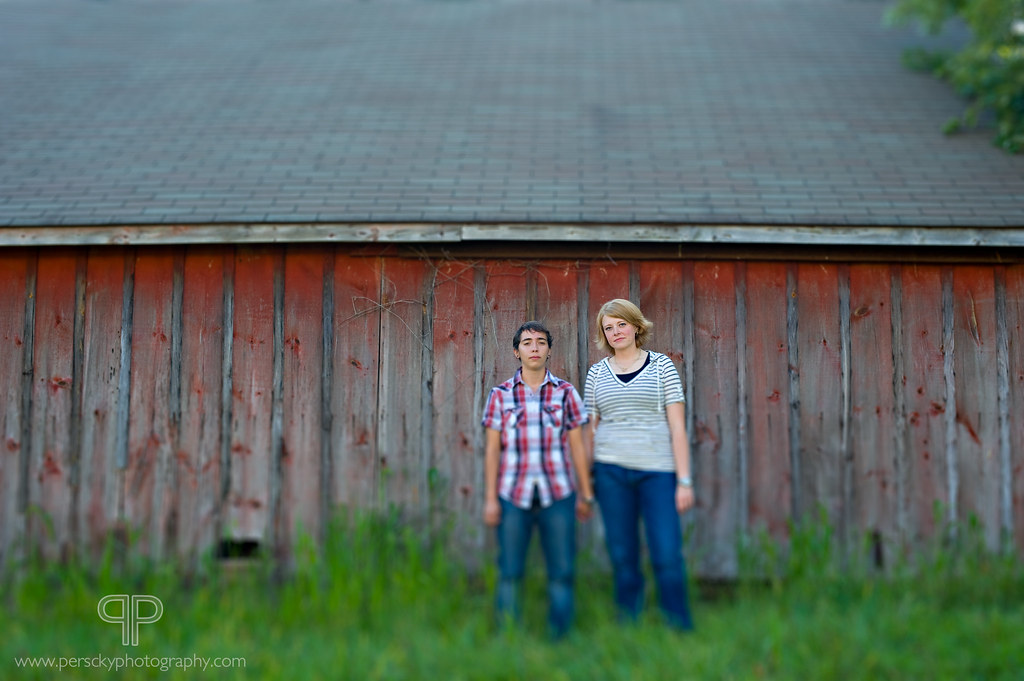A request for those who actually know what they are doing in post (I certainly don't). Especially Jstamsek, SilverMK3, darktiger, etc.
Can you take some of your better images, post the start and end files, and go through the post process step by step. Not just what programs/tools, but also the settings for each tool and the why of each tool. I suck at post and would like to see the process you guys use from the raw image to the result.
Thanks.
Can you take some of your better images, post the start and end files, and go through the post process step by step. Not just what programs/tools, but also the settings for each tool and the why of each tool. I suck at post and would like to see the process you guys use from the raw image to the result.
Thanks.
![[H]ard|Forum](/styles/hardforum/xenforo/logo_dark.png)


























